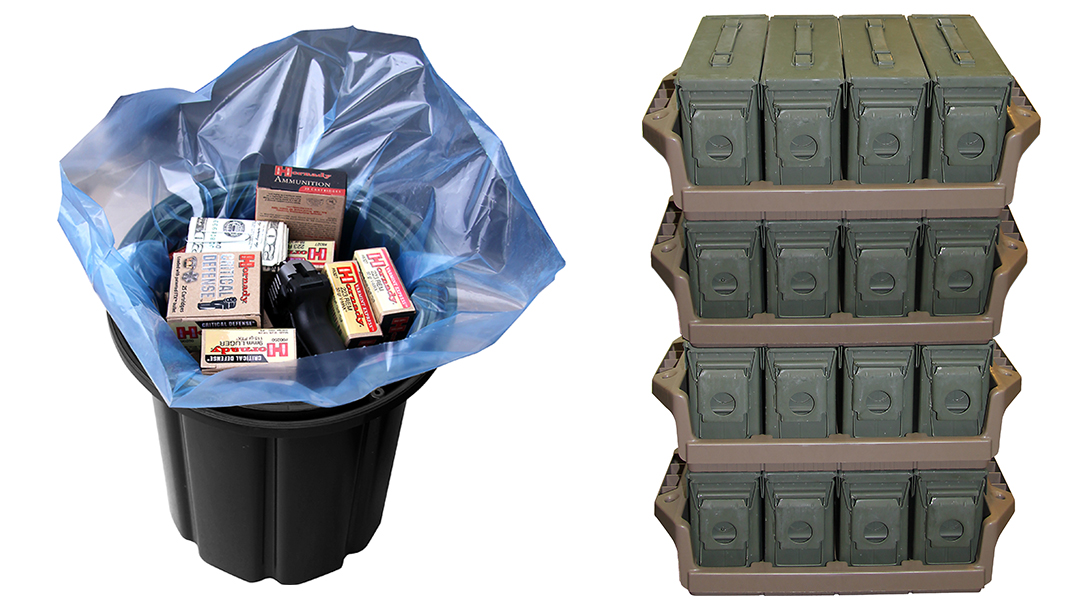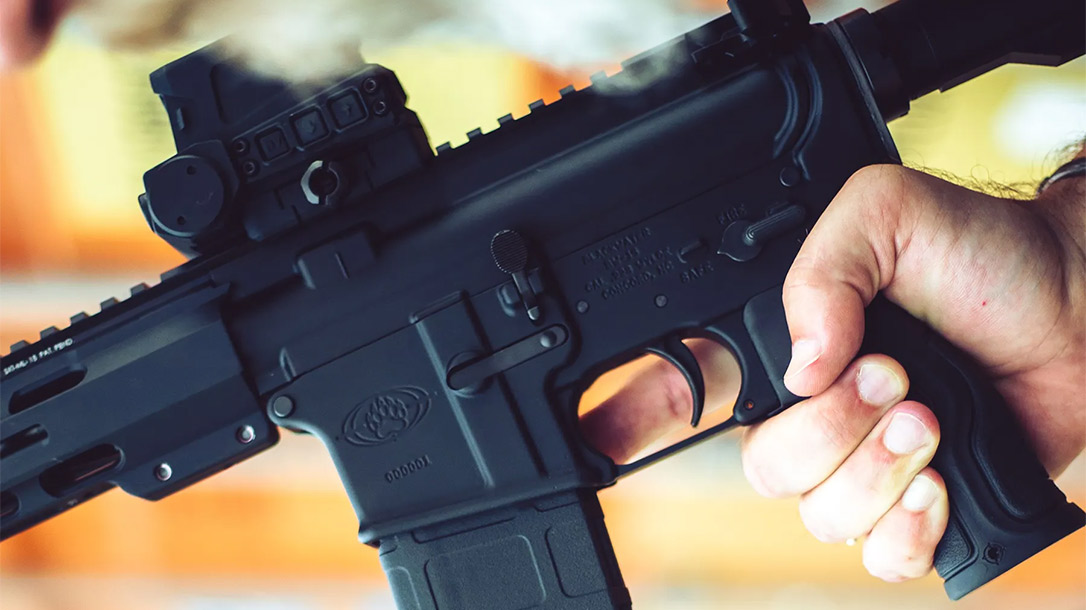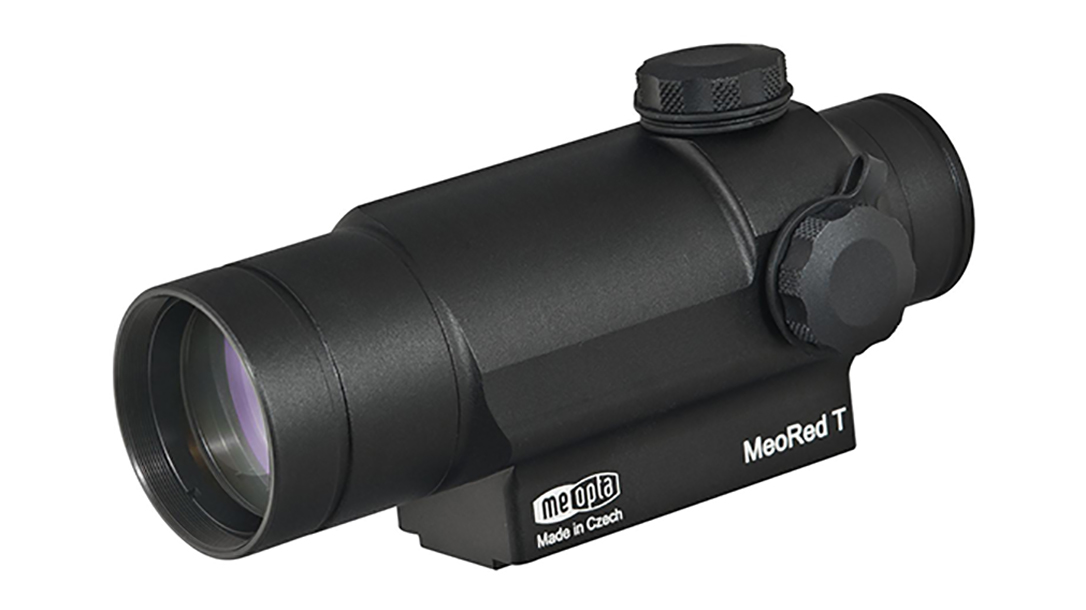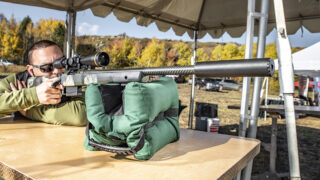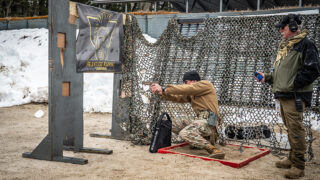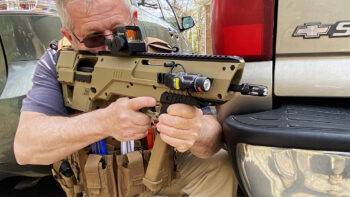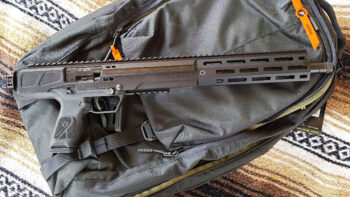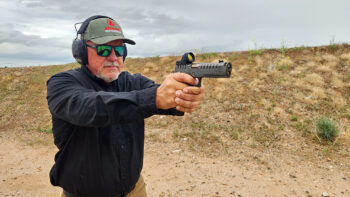Long-Term Ammo Storage Is Critical for Crisis Preparedness
Long-term ammo storage for survival isn’t a no-brainer. It involves more than just leaving it in a place that’s cool, dry, and dark. Before you buy a waterproof container and bury it in the backyard, you need to have a good idea of what you’re preparing for and how to keep the ammo fresh after the balloon goes up.Preparing for a Crisis
Step one in preparing for a crisis is doing a red-team evaluation. Red-teaming is a two-step process. First, list all of your potential vulnerabilities in the place you live and how they might affect you. Then, critically ask yourself how likely each event is to occur. History is a good guide for this process, so I’ll use our household as an example. In the 13 years that we’ve lived in a Southern city, we had more than our share of natural disasters. An F2 Christmas tornado struck a couple of miles away, a tropical storm dropped 22 inches of rain in 36 hours, two high-end Category 1 hurricanes tore up trees and knocked out power and there have been several local forest fires. No one’s ever nuked the naval base 90 miles away, there’s never been an EMP, there are no recorded major civil disruptions, and we’re not in an earthquake zone. Our house is hardened to resist a low-end Category 3 hurricane. Thankfully, we are well-supplied, our gear is proven, and we don’t live in a flood or storm surge zone. On the other hand, we’re not young, and we have elderly family members who would find evacuation difficult.Getting The Most Bang for Your Buck
When choosing gear for crisis-related personal defense, guns chambered for smaller cartridges are better choices because they use ammo that’s smaller and lighter. This makes long-term ammo storage easier and transportation more streamlined. If you evacuate, the ready vehicle needs to have room for money, financial records, clothes, medicine, food, and water for several days for each passenger. Space will be at a premium. Our preference is for lightweight high-capacity semi-auto rifles up to 7.62x39mm in caliber and 9mm or .38 Special handguns. We keep at least 250 rounds for each gun used for survival. Our kit includes at least one .22 LR firearm because it’s possible to pack a lot of .22s in a small space. And if people stop accepting money, a person can barter .22s for other needed items. Stock up on generic mil-spec ball ammunition for your centerfire guns and save money for water-resistant ammo containers, other vital gear, and supplies.Keep Your Powder Dry
CanMunition
There are a number of ways to store ammo and keep it fresh for a long time. The first is to use “canned” ammo like CanMunition, which is produced by Global Ordnance. Each aluminum “soda can” of CanMunition holds 90 rounds of Fiocchi 9mm ammo or 40 rounds of Fiocchi .223 Rem. It is filled with an inert gas to reduce the potential for corrosion. The cans are waterproof and opaque, preventing damage to ammo by moisture and light.
MTM Case-Gard Ammo Crates
Another option is using the various long-term ammo storage cans and crates from MTM Case-Gard. MTM makes lockable, heavy-duty polypropylene crates in a wide variety of sizes. These all have O-ring seals that are tightly held in channels that ensure the seals stay in place. They also have strong hinges and heavy-duty clamps to be sure that the upper and lower portions of the can retain a tight seal. Because of this, they offer good protection against moisture and light along with limited protection against heat. So, keep them indoors out of direct sunlight in humidity-controlled rooms that are below 85 degrees Fahrenheit. There are other polymer cases on the market, but many of them don’t have heavy-duty construction.
MTM SAC
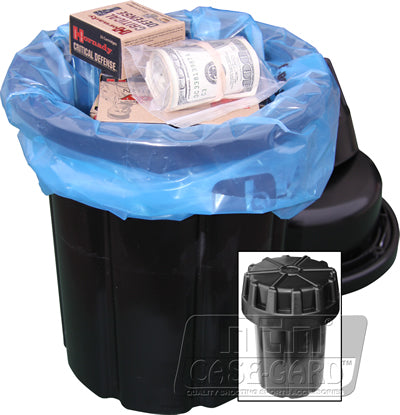
GI Ammo Can
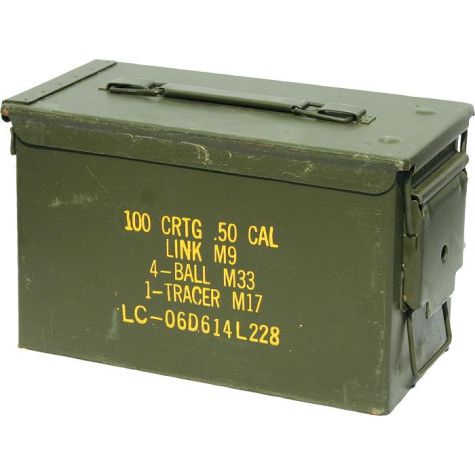
Keep the “Freedom Seeds” Fresh







Didn't find what you were looking for?






